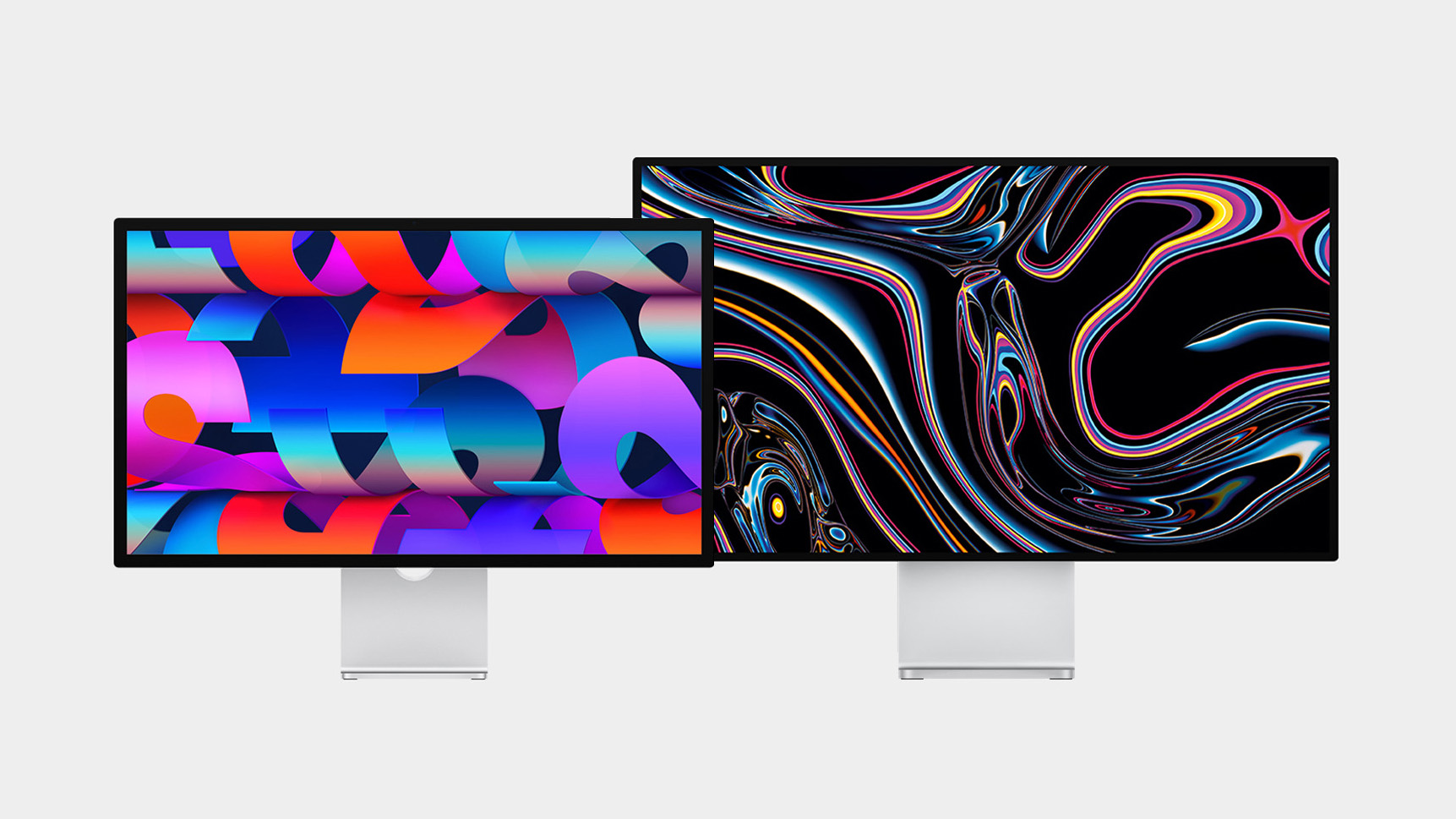In addition to the new iMac with the 10-core M4 chip being the first-ever Mac with support for up to an 8K external display at 120Hz, the computer also supports up to two 6K external displays at 60Hz. That’s a very notable upgrade, as lower-end Apple silicon Macs like the MacBook Air, entry-level MacBook Pro, and previous iMac models have mostly been limited to a single external display, at least on an official basis.
Two exceptions are the MacBook Air and 14-inch MacBook Pro models with the M3 chip, which support up to two external displays, but only when the laptop’s lid is closed. Another exception is the Mac mini, which has an HDMI port for connecting a second display. DisplayLink adapters have also been a viable solution for multiple external displays ever since the first Apple silicon Macs with the M1 chip launched in 2020.
But the 10-core M4 chip is notable in that it will bring proper support for two external displays to more lower-end Macs for the first time since Apple silicon launched, without any special tricks required. No more DisplayLink adapters, and no needing to have the MacBook’s lid closed. That’s a significant, long-awaited advancement for Apple silicon.
Apple is expected to announce a new entry-level 14-inch MacBook Pro with the 10-core M4 chip this week, and an alleged leak already confirmed that the laptop will support two external displays with the lid open. Next year, the M4 chip should expand to the MacBook Air, and 10-core configurations should likewise support two external displays.
The new iMac is available to pre-order now, and it launches on Friday, November 8.
This article, “Lower-End Apple Silicon Macs With 10-Core M4 Chip to Fully Support Two External Displays” first appeared on MacRumors.com
Discuss this article in our forums
In addition to the new iMac with the 10-core M4 chip being the first-ever Mac with support for up to an 8K external display at 120Hz, the computer also supports up to two 6K external displays at 60Hz. That’s a very notable upgrade, as lower-end Apple silicon Macs like the MacBook Air, entry-level MacBook Pro, and previous iMac models have mostly been limited to a single external display, at least on an official basis.
Two exceptions are the MacBook Air and 14-inch MacBook Pro models with the M3 chip, which support up to two external displays, but only when the laptop’s lid is closed. Another exception is the Mac mini, which has an HDMI port for connecting a second display. DisplayLink adapters have also been a viable solution for multiple external displays ever since the first Apple silicon Macs with the M1 chip launched in 2020.
But the 10-core M4 chip is notable in that it will bring proper support for two external displays to more lower-end Macs for the first time since Apple silicon launched, without any special tricks required. No more DisplayLink adapters, and no needing to have the MacBook’s lid closed. That’s a significant, long-awaited advancement for Apple silicon.
Apple is expected to announce a new entry-level 14-inch MacBook Pro with the 10-core M4 chip this week, and an alleged leak already confirmed that the laptop will support two external displays with the lid open. Next year, the M4 chip should expand to the MacBook Air, and 10-core configurations should likewise support two external displays.
The new iMac is available to pre-order now, and it launches on Friday, November 8.Related Roundups: iMac, MacBook Air, MacBook ProBuyer’s Guide: iMac (Buy Now), 15″ MacBook Air (Neutral), 14″ & 16″ MacBook Pro (Don’t Buy), 13″ MacBook Air (Neutral)Related Forums: iMac, MacBook Air, MacBook ProThis article, “Lower-End Apple Silicon Macs With 10-Core M4 Chip to Fully Support Two External Displays” first appeared on MacRumors.comDiscuss this article in our forums Read More MacRumors: Mac News and Rumors – All Stories
#Techno #PCWorld
















